The most elite POW camp in the world
Updated: 2015-05-06 07:53
By He Na and Han Junhong(China Daily)
|
||||||||
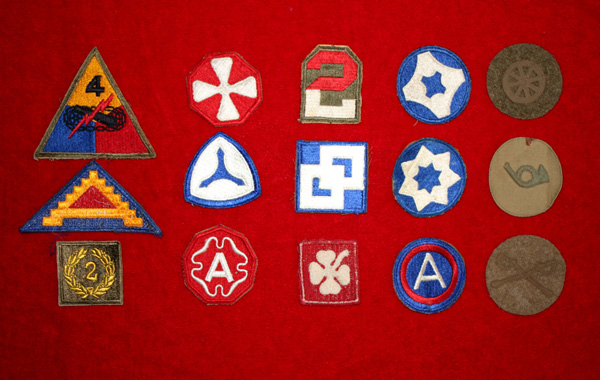 |
|
United States Army badges collected by a team headed by Wei Dong, curator of the Liaoyuan High-Ranking Allied POW Camp Museum. |
Secret history
Researchers such as Wei owe a huge debt of gratitude to a US solider, the late Hal Leith, who was one of a team dispatched by the US Office of Strategic Services to liberate the senior officers. The experience lingered in Leith's mind long after he returned to the US, and he visited China many times in the years that followed.
"If it were not for Leith's 12 postwar visits to Northeast China to look for the camp, the buildings and other features would have been demolished, and the stories of what happened more than seven decades ago would be unknown," Wei said.
Qu Daode, deputy Party chief at the Liaoyuan Business School, who has spent many years researching the camp's history, said the Japanese had a hidden agenda for the prisoners: "Wainwright and the other high-ranking officers were only held at Liaoyuan for less than a year, but during those months of captivity the Japanese planned to use them as important bargaining chips to blackmail the Allies and control the progress of the war."
The museum, which has secured investment of 30 million yuan ($4.8 million), is still under construction, but is expected to open to the public in August.
"Sadly, Hal Leith, the biggest contributor to this memorial, passed away two years ago, so we won't have the honor of inviting him to the opening ceremony," Qu said.
According to Wei, the camp's story really begins with the Japanese attack on Pearl Harbor in December 1941, because the date marks the beginning of the Pacific War. The attack was quickly followed by attacks on Allied forces in Southeast Asia.
"Facing sudden attack, and severely underprepared, the Allied forces were fighting in extreme conditions. They lacked supplies, and disease was rife. To minimize the number of casualties, Wainwright ordered his men in the Philippines to lay down their arms at the island of Corregidor in May 1942 and surrender," he said.
In the three years that followed, the Japanese built 115 camps in Asia to house 200,000 Allied POWs. Liaoyuan, an offshoot of the Mukden camp, was designated to hold the top officers.
"The founding of the camp not only raised China's profile in the world fight against fascism, but also highlighted the friendship that existed between China and a number of other nations. The camp has great potential and value in terms of academic research, and we have found a huge number of artifacts that show how life was for the senior officers held there during the war," Wei said.
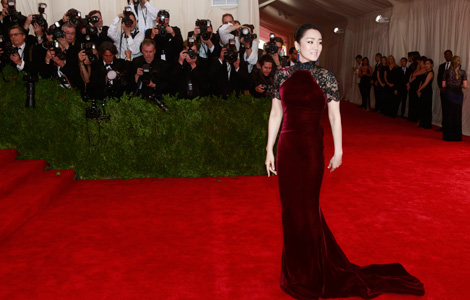
 Met Museum celebrates China with annual gala
Met Museum celebrates China with annual gala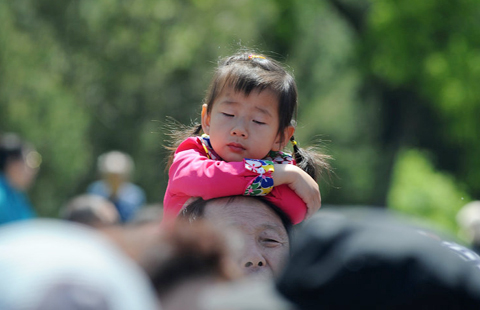
 Ten photos you don't wanna miss - May 5
Ten photos you don't wanna miss - May 5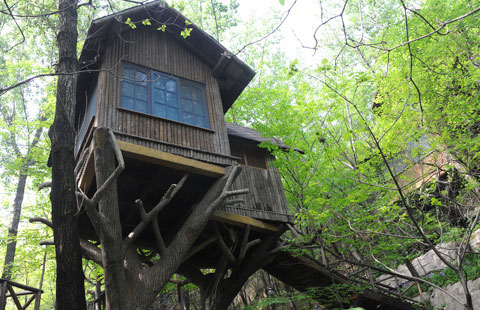
 Tree house hotel in Jinan
Tree house hotel in Jinan
 Six reasons stopping Apple Watch from ticking in China
Six reasons stopping Apple Watch from ticking in China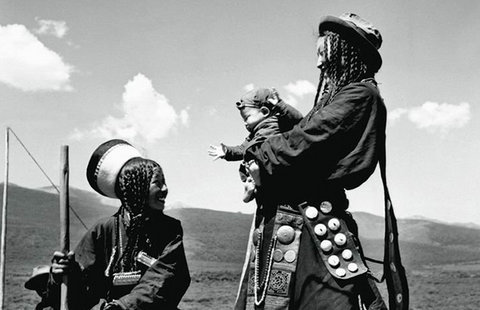
 Historical photos of 56 nations in China (Part I)
Historical photos of 56 nations in China (Part I)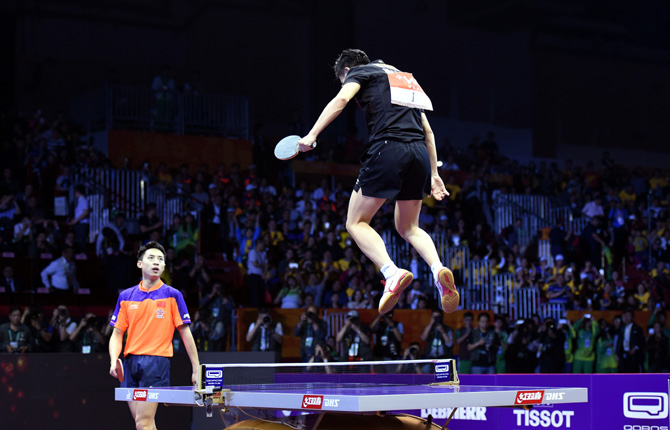
 World No.1 Ma wins first men's singles world championship
World No.1 Ma wins first men's singles world championship
 Ten photos you don't wanna miss during May Day holiday
Ten photos you don't wanna miss during May Day holiday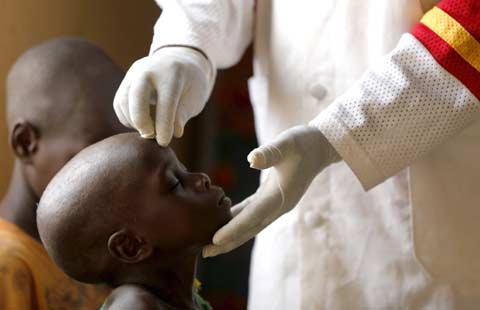
 The world in photos: April 27 - May 3
The world in photos: April 27 - May 3
Most Viewed
Editor's Picks

|

|

|

|

|

|
Today's Top News
Xi will honor soldiers during Russia trip
China reforms can benefit
US: experts
Shanghai bans families of govt officials from owning firms
Chinese companies demonstrate presence at OTC
Most Americans believe US wealth distribution unfair: poll
Xi, Eric Chu
stress shared destiny
New leaders take reins at oil giants
China protests
US blacklisting in religious freedom
US Weekly

|

|






